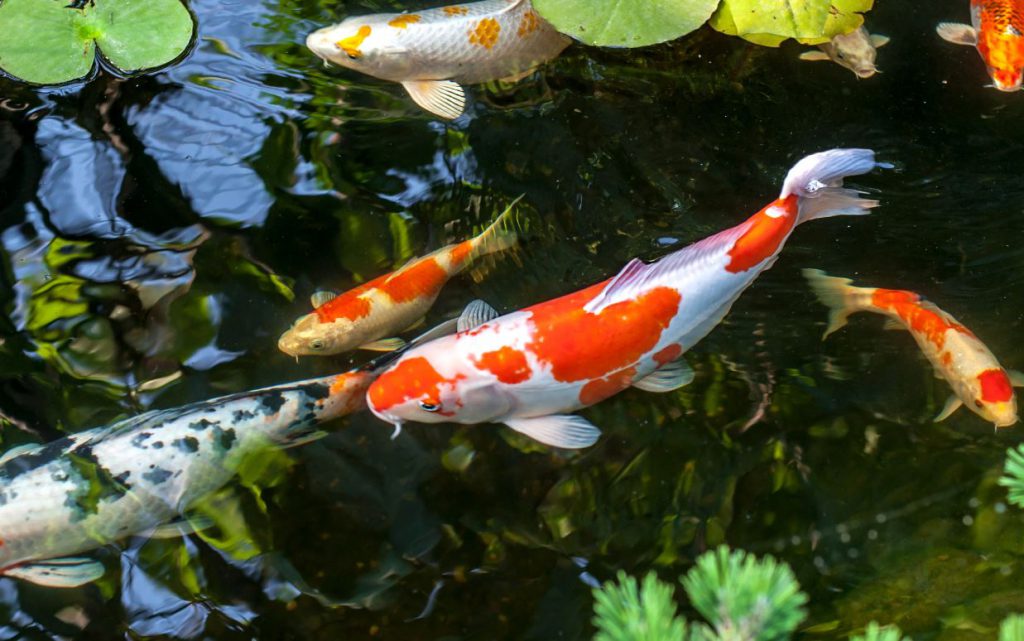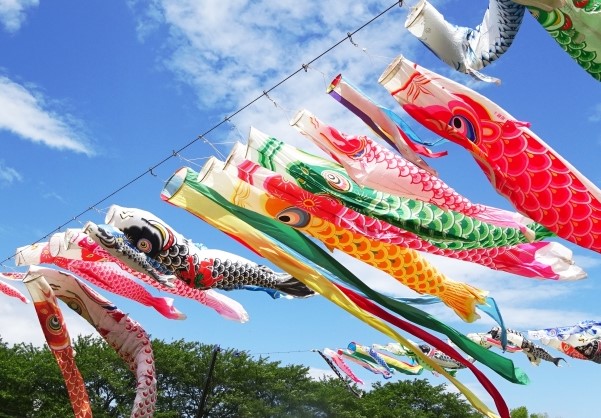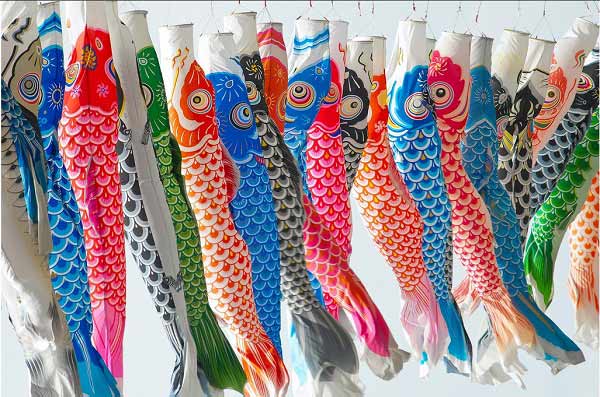Japanese Koi fish flags, also known as "Koinobori" in Japanese, are a symbol of a traditional Japanese holiday held every year on May 5th. This holiday is called "Children's Day" (Kodomo no Hi) and is considered a day dedicated to children.

Koinobori are made in the shape of carp using fabric or paper in various colors such as red, blue, and white.
Japanese people often hang Koinobori flags on balconies or on trees around their homes before Children's Day and keep them up until the end of May.

The carp is a symbol of strength and good luck in Japanese culture.
In Japanese folklore, carp are believed to have the ability to swim upstream and jump over waterfalls to reach the area where they were born. This story has become a symbol of perseverance and success in life, so the carp has become a beloved symbol of Children's Day.

Japanese Koi fish flags also have a family connection. On Children's Day, we can easily see thousands of "Koi fish" flying in the wind in every house and street. Koinobori are often hung in order: the large black carp represents the father, the smaller red or pink carp represents the mother, and the smaller green and other colored carp represent the children. This is a way to honor the perseverance and love within the family.

Koinobori is an important part of Children's Day and is also a symbol of Japanese culture.
These colorful carp flags bring not only joy and love within the family but also represent hope and perseverance in human life.









